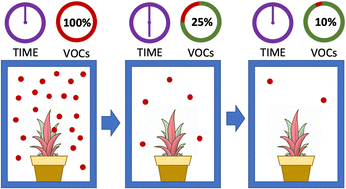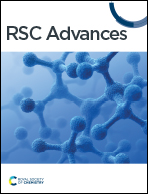Investigation of simultaneous volatile organic compound removal by indoor plants using solid phase microextraction-gas chromatography-mass spectrometry
Abstract
Volatile organic compounds (VOCs) are significant indoor air pollutants, and employing plants offers a simple and cost-effective approach to reduce their concentration. It is important to determine which plant exhibits greater efficiency in removing specific VOCs. This study aimed to compare the efficacy of various common indoor plants in simultaneously removing multiple hazardous VOCs. A sealed chamber was utilized to expose five different species of houseplants to eight commonly found VOCs. The concentrations of each compound were monitored over an extended period using solid phase microextraction (SPME) coupled with gas chromatography-mass spectrometry (GC-MS). The study determined and reported the efficiency of removal per leaf area for all compounds by each plant under different conditions, including removal by the entire plant (with and without light) and removal by the plant's leaf area. The paper discusses the efficiency and rate of removal of each VOC for the tested plants, namely Chlorophytum comosum, Crassula argentea, Guzmania lingulata, Consolea falcata, and Dracaena fragrans.



 Please wait while we load your content...
Please wait while we load your content...